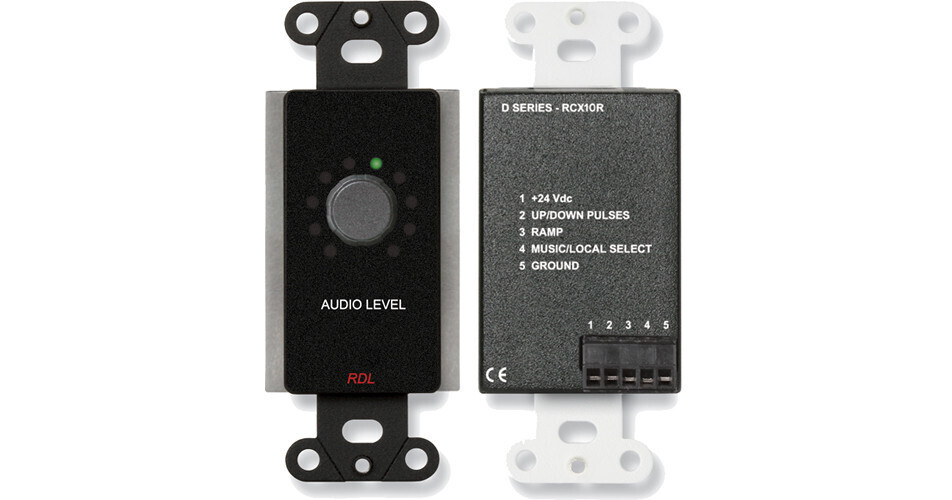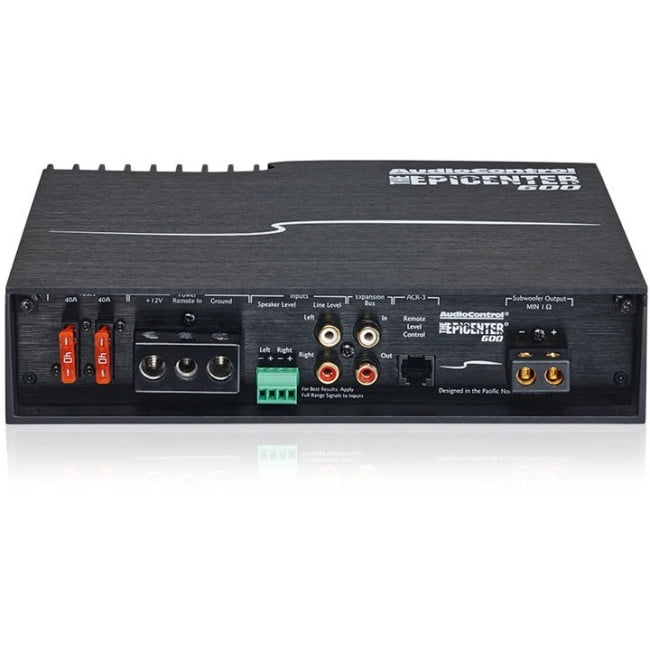

The bel was named in honor of Alexander Graham Bell, but the bel is seldom used. The definition of the decibel originated in the measurement of transmission loss and power in telephony of the early 20th century in the Bell System in the United States. The decibel scales differ by a factor of two, so that the related power and root-power levels change by the same value in linear systems, where power is proportional to the square of amplitude. When expressing root-power quantities, a change in amplitude by a factor of 10 corresponds to a 20 dB change in level. That is, a change in power by a factor of 10 corresponds to a 10 dB change in level. When expressing a power ratio, it is defined as ten times the logarithm in base 10. Two principal types of scaling of the decibel are in common use. For example, for the reference value of 1 volt, a common suffix is " V" (e.g., "20 dBV"). In the latter case, the numeric value expresses the ratio of a value to a fixed reference value when used in this way, the unit symbol is often suffixed with letter codes that indicate the reference value. The unit expresses a relative change or an absolute value.

Two signals whose levels differ by one decibel have a power ratio of 10 1/10 (approximately 1.26) or root-power ratio of 10 1⁄ 20 (approximately 1.12). It expresses the ratio of two values of a power or root-power quantity on a logarithmic scale. The decibel (symbol: dB) is a relative unit of measurement equal to one tenth of a bel ( B). For other uses, see Decibel (disambiguation). For use of this unit in sound measurements, see Sound pressure level.

See page N-14 for a detailed example of this calculation.This article is about the logarithmic unit. A further calculation is required to convert this value from the ‘A’ weighted sound power level to an ‘A’ weighted sound pressure level at a prescribed distance from the noise source i.e. For example, using the Fantech model AP0804AP10/23 (duty 7000 l/s 80 Pa, inlet side), by applying an ‘A’ frequency weighting correction to the fan sound power levels for each frequency and then logarithmically adding the values from left to right the resultant overall sound power level for this unit will be 98 dB(A). These are, in fact, calculated from the sound power level data and are quoted at a specified distance i.e. Published dB(A), or ‘A’ frequency weighted, sound pressure levels are theoretical values. In order to determine the actual dB(A) sound pressure level that may be expected from an installation, an acoustic analysis of the system, using sound power levels and taking into account the surrounding acoustic environment, should be performed.

The assumptions that are used to calculate the dB(A) are rarely replicated in real life situations and, therefore, published dB(A) values will not necessarily represent the actual noise levels that may be experienced on site. However, published dB(A) sound pressure levels should be used for comparative purposes only, they are not designed to reflect actual installed noise levels. The dB(A) sound pressure level is used almost universally to describe the noise level of many items of noise emitting machinery. A Cautious Word on the use of dB(A) Levels A calculation is then used to convert the measured sound pressure levels to sound power levels. The sound pressure level of a product is measured using one of these test methods.
#DB SOUND CONTROL FREE#
That is, the In-Duct method, the Reverberant Room method and the Free Field method. This test standard describes methods that may be applied to calculate the sound power level of fans. Where noted in the product data pages within this catalogue fan noise levels are tested to BS848 Part 2: 1985 “Fans for general purposes. It is therefore important that we understand the ‘A’ frequency weighting and how dB(A)s are calculated. In fact, most legislation regarding noise is written using dB(A)s, in addition nearly all manufacturers of fans and other noise generating machines quote their noise levels in dB(A)s at 1, 1.5, or 3 metres assuming spherical distribution. Due to its simplicity and convenience, the ‘A’ frequency weighting has become popular and is now used for many different noise sources at different levels. The ‘A’ frequency weighting suggests that if a tone of 40 dB is played at 1000 Hz, a 40 dB tone played at 63 Hz would sound 26 dB quieter, or be 14 dB(A).


 0 kommentar(er)
0 kommentar(er)
